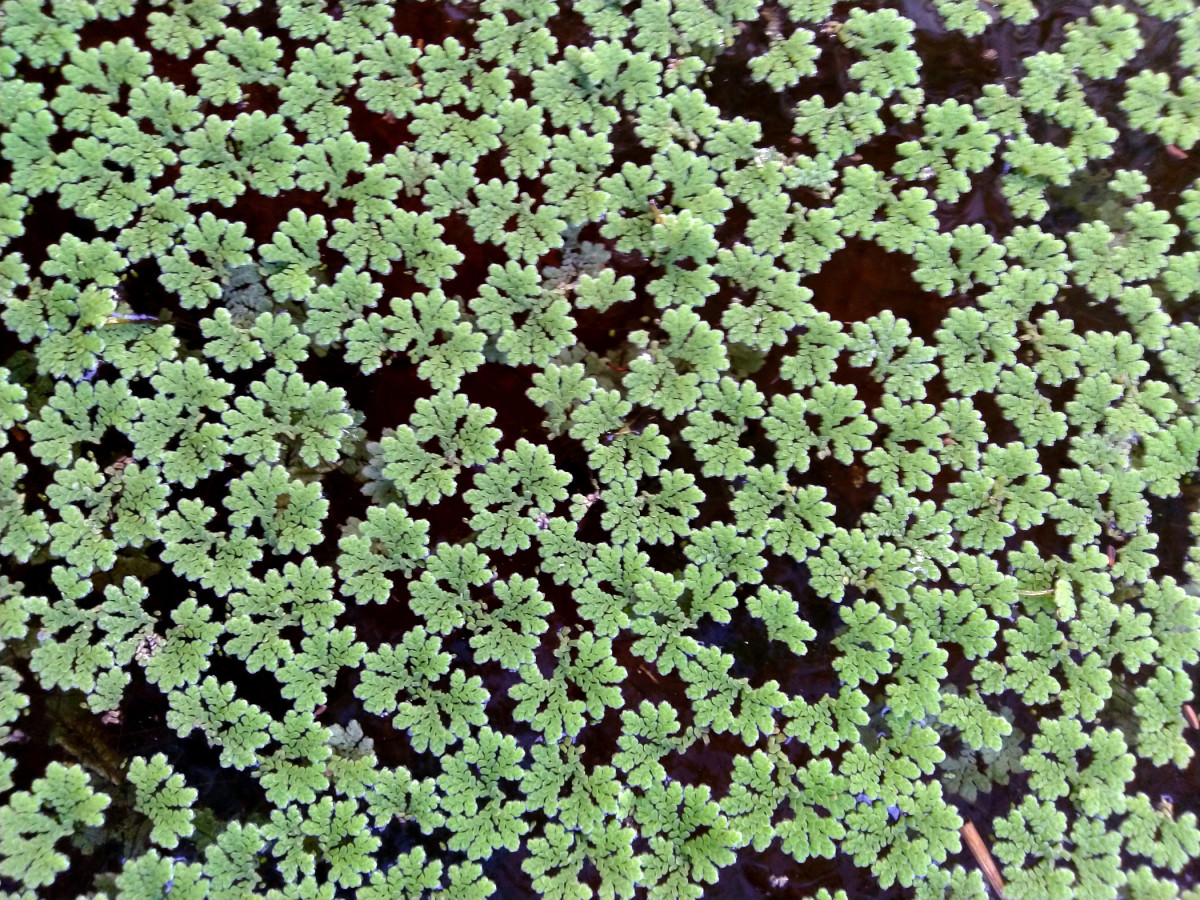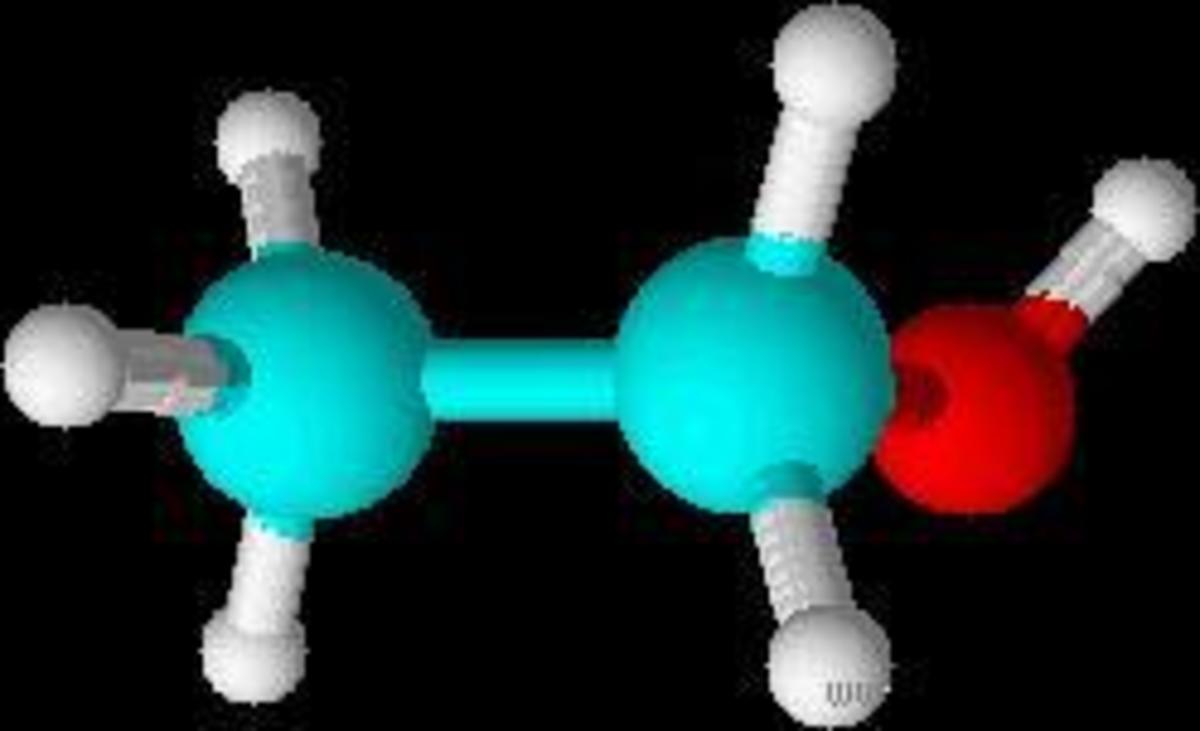Biofertilizers

Biofertilizers are defined as preparations containing efficient strains of microorganisms that improve the soil fertility by natural means and also helps the crop plants to take up nutrients in the soil. A use of biofertilizers is one of the important components of Integrated Nutrient Management. Biofertilizers are right alternative to the chemical fertilizers and helps in achieving the goal of sustainable agriculture.
Types of Biofertilizers
The biofertilizers can be divided into three categories based on the microbes they have;
- Bacterial biofertilizer
- Cyanobacterial biofertilizer
- Fungal biofertilizer
Bacterial Biofertilizer: The mostly used bio fertilizer in the World is Bacterium Rhizobium which is found in the roots of legume plants and fixes atmosphere nitrogen. Many bacteria freely living in the Soil also fix atmospheric nitrogen and can be used in many crops. The most prominent among them are Azospirillum, Rhodospirillum, Clostridium, etc.
Azotobacteria also fix atmospheric nitrogen. Some bacteria like Bacillus Megaterium increase the phosphate content of the soil.
Cyanobacterial Biofertilizer: Apart from nitrogen fixation, certain cyanobacteria also provides Vitamins and growth promotes called Auxins to the plants.
Example: Nostoc, Anabaena, Calothrix, Aulosira, Scytonema.
Anabaena Azollae used in rice cultivation showed 3 – 27% increase in production.
Fungal Biofertilizer: Certain fungi which form Symbiotic association with the root of the plants called Mycorrhizae, provides Sulphates and phosphates to the plants. A type of Mycorrhizae called Vesicular Arbuscular Mycorrhizae is found to be highly effective in increasing the nutrient content of the Soil.
Fungi that produce Vesicular Arbuscular Mycorrhizae are Glomus, Gigaspora and Sclerocystis. Certain other fungi like Aspergillus awamori also increase the phosphate content of the Soil.
Advantages of Biofertilizers
Biofertilizers are the efficient means of removing the ill effects associated with continuous use of chemical fertilizers. Biofertilizers do not leave any harmful residues in the soil. Unlike chemical fertilizers, Biofertilizers do not change the chemical properties of the Soil. Whereas excessive use of chemical fertilizers turns the Soil either acid or alkaline. Biofertilizers do not cause any harm to the soil micro life as themselves are preparations of Microbes. Biofertilizers are highly cost effective and there is no need of running the biofertilizer units throughout the year. They are not harmful to use when compared to the chemical fertilizers. Biofertilizers also have a high export potential.
The problem of contamination of surface and ground water with nitrates due to the use of chemical fertilizers is not seen in the case of biofertilizers.
Limitations of Biofertilizers
Even though biofertilizers are considered right alternative to the chemical fertilizers they are not produced in such a quantity so that they can replace biochemical fertilizers completely.
Biofertilizers are not completely presently available for all types of crops.
Biofertilizers that can be suitable for all eru types of Soil are not still available.







